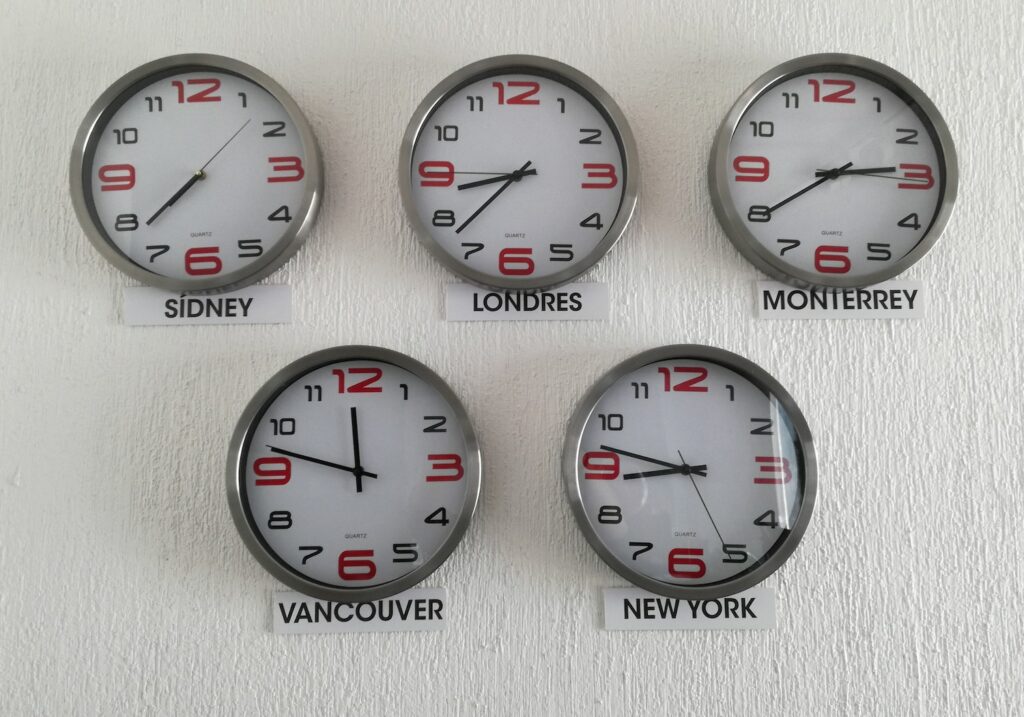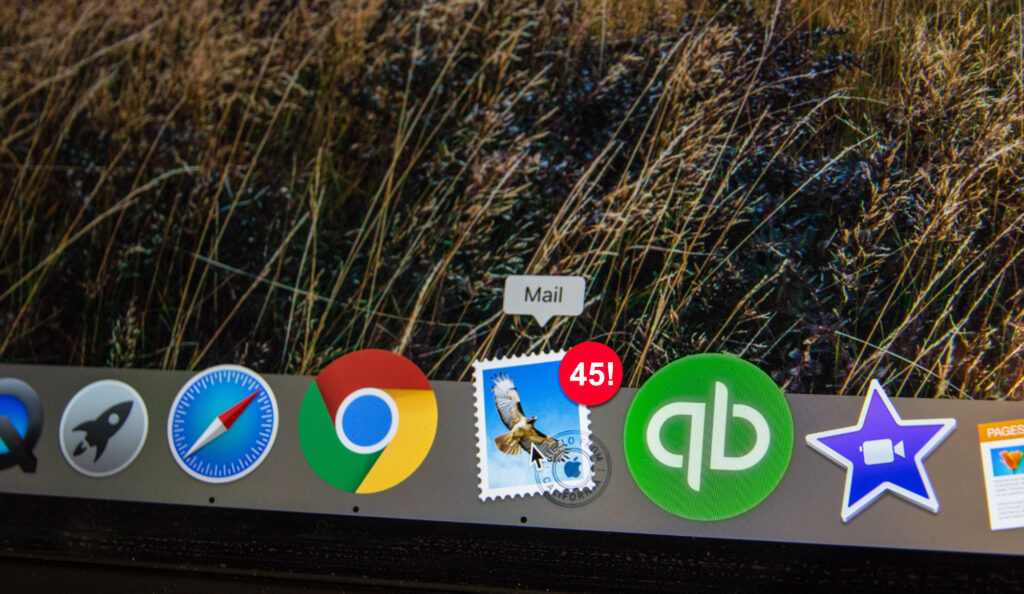Are You Setting Your Team Up for Success?
How often do you pause to consider if the way you and your team are communicating is helping or actually hindering success?
Here’s the thing: Great communication starts with empathy and intentionality. Before hitting send on your next email or Teams message, ask yourself: “Am I crafting this to suit me or the individual I’m addressing?” Adjusting your communication style to meet the needs of your audience not only clears the path for better results—it builds trust and demonstrates respect.
Know Your Audience, Empower Their Success
You’ve probably seen it before—an overstuffed email or a barrage of messages that overwhelm rather than inform. Let’s break the cycle. Being intentional about how you communicate leads to smoother, more productive exchanges. Consider these examples:
- Respecting Workflow Styles: If you know that one of your direct reports, Alex, thrives on quick and actionable information, avoid sending him emails with lengthy paragraphs and buried questions. Instead, send concise messages with clearly bulleted requests he can act on immediately. You’ll both benefit from faster results and less friction.
- Simplifying for Overloaded Managers: If your supervisor, Janelle, seems swamped, think strategically about how you communicate. Rather than sending multiple emails throughout the day, consolidate your updates and questions into one streamlined message—or better yet, schedule a short one-on-one to discuss non-urgent issues.
Thoughtful adjustments like these can reduce their stress and improve your own clarity.
Your Leadership Challenge
Over the next few days, reflect on at least three communications you send. Ask yourself: Am I setting the recipient up for success? Whether it’s an email, a text, or an in-person conversation, focus on how you can:
- Adjust your tone and format to suit their needs.
- Eliminate unnecessary complexity or distractions.
- Foster a sense of mutual respect and productivity.
The Power of Thoughtful Communication
Setting someone up for success doesn’t mean complicating your approach—it means simplifying it. When you make it easier for others to thrive, you also save yourself time, minimize misunderstandings, and reduce unnecessary frustration on both sides.
This article originally appeared at WeAreComvia.com and is reprinted here with permission.
—
Michael Piperno is a communication coach and executive presence expert. His insights empower leaders to communicate effectively and authentically.
Are You Setting Your Team Up for Success? Read More »






